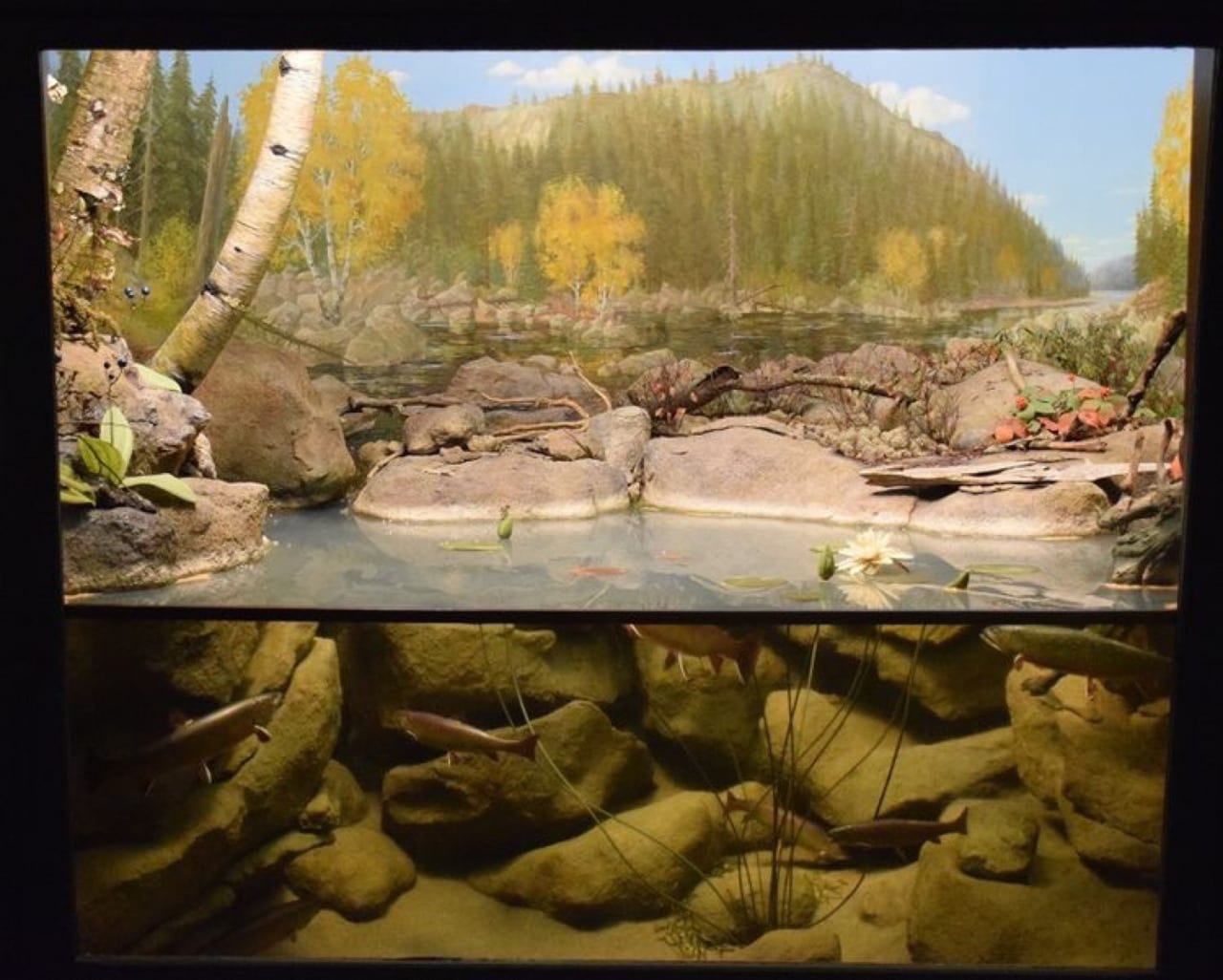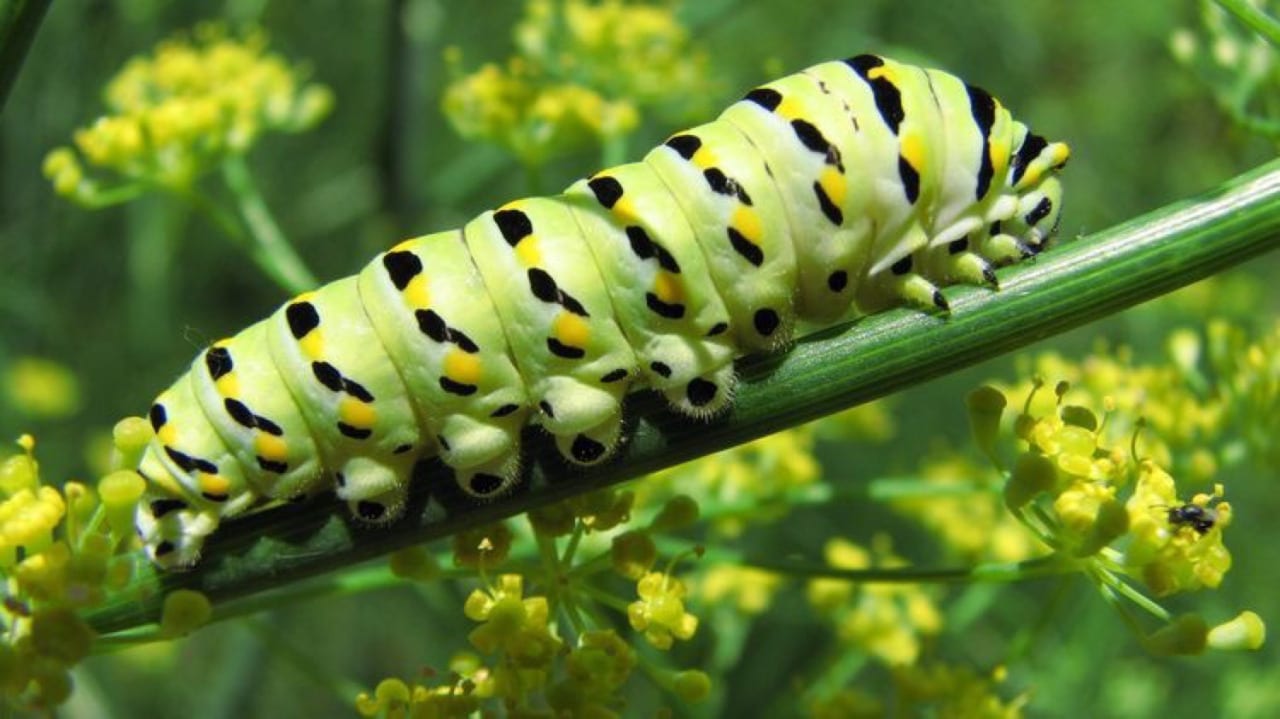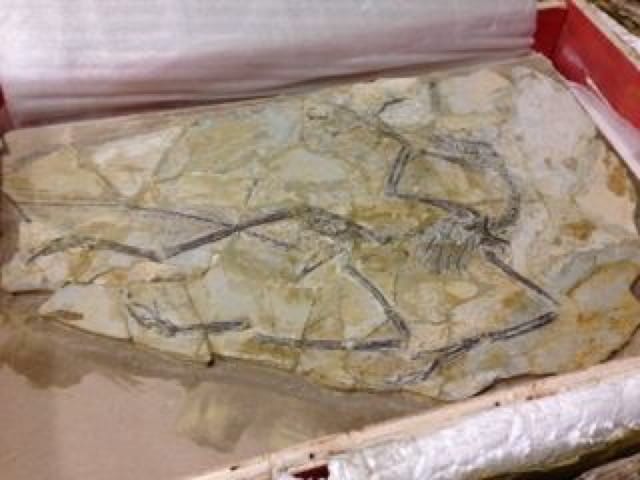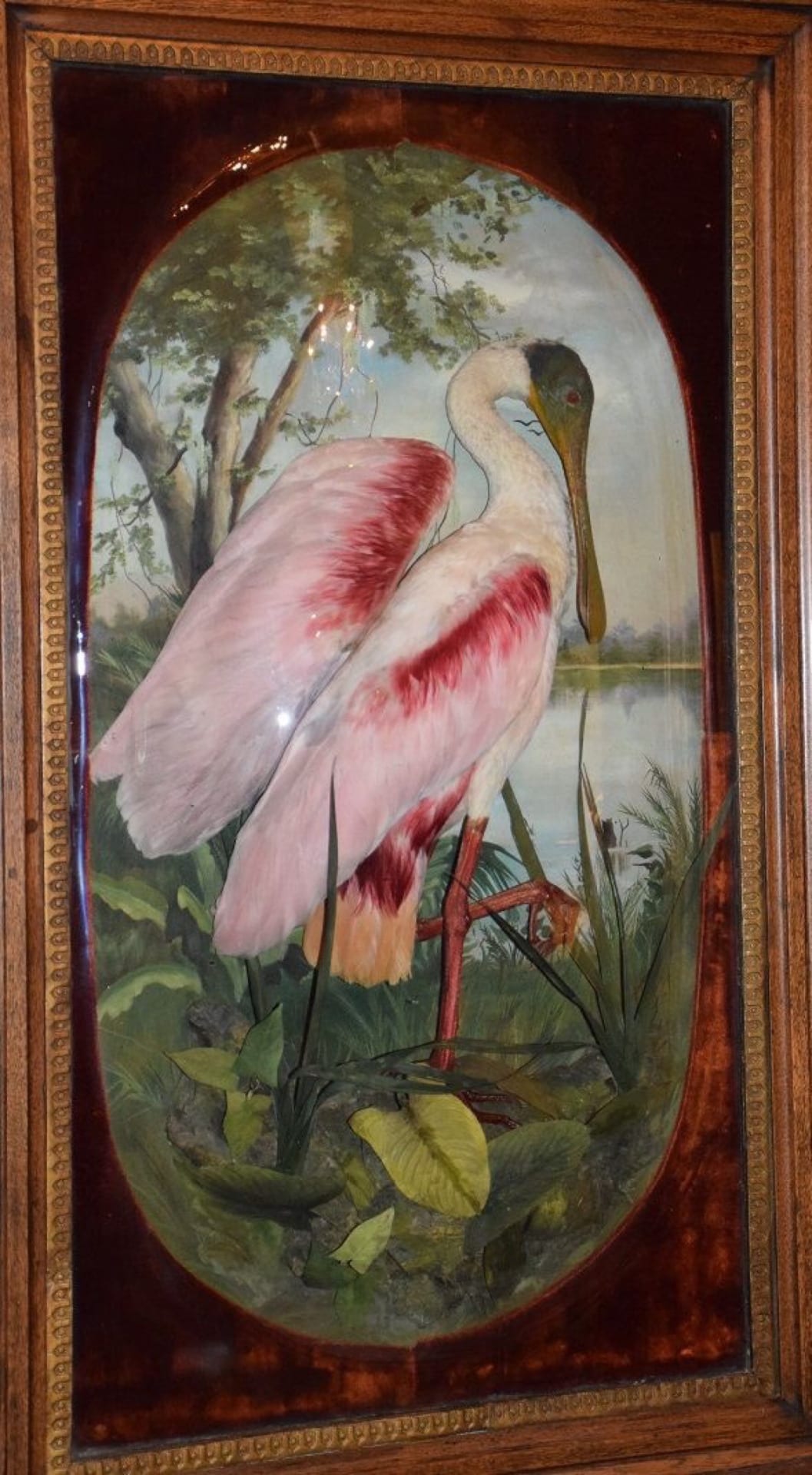
The ancient Egyptians believed that the heart recorded all of the good and bad deeds of a person’s life, and was needed for judgment in the afterlife. After a person died, the heart was weighed against the feather of Maat (goddess of truth and justice). The scales were watched by Anubis (the jackal-headed god of embalming) and the results recorded by Thoth (the ibis-headed god of writing). If a person had led a decent life, the heart balanced with the feather and the person was rendered worthy to live forever in paradise with Osiris.





